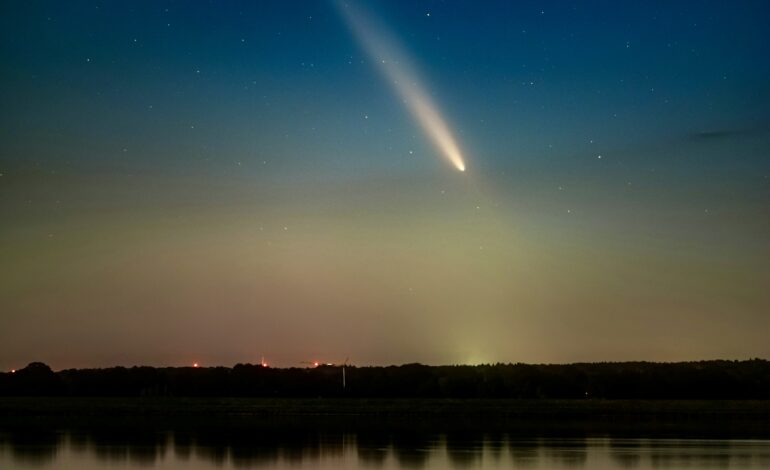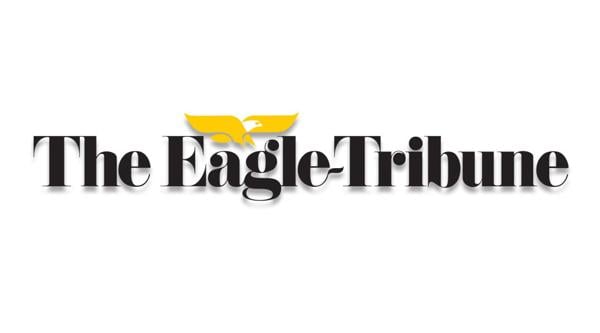Plasma Physicist Claims Visibility of Comet 3I/ATLAS Challenges Astronomy Norms

A prominent plasma physicist has sparked significant interest in the astronomical community by asserting that the interstellar object known as 3I/ATLAS is visible to observers, countering previous claims that it was obscured behind the Sun. In a post on X (formerly Twitter), Dr. John Brandenburg stated, “Object 3I ATLAS had an apparent jet exhaust towards the Sun in September, producing a braking effect. This has now apparently reversed.” This assertion stands in stark contrast to earlier reports indicating that the object was effectively hidden from view as it passed behind the Sun, with one source stating that “3I/ATLAS is behind the Sun from Earth … it can’t be seen in Earth’s sky.”
Discoveries about 3I/ATLAS have drawn considerable scientific attention since its identification by the ATLAS survey as the third known interstellar object. Researchers have noted that the object appears to exhibit activity earlier than anticipated, suggesting volatile sublimation at distances greater than those typically observed for Solar System comets. Notably, it presents a peculiar “anti-tail” plume, indicating material being ejected towards the Sun rather than away, a behavior that is unusual for comets.
The object is expected to reach perihelion, its closest approach to the Sun, on approximately October 29, 2025, at a distance of around 1.36 astronomical units (AU) from the Sun. The suggestion that 3I/ATLAS may already be visible has divided astronomers and enthusiasts. Some maintain that the object remains lost in solar glare, while others, inspired by Brandenburg’s observations, propose that its unique jet activity or plasma interactions could have increased its brightness, making it detectable through specialized instruments.
If confirmed, this visibility would indicate that 3I/ATLAS is behaving in unexpected ways, possibly shedding more dust and gas than previously thought or even generating its own electromagnetic effects visible through space-based telescopes. Such findings would mark a significant milestone, as it would be the first interstellar comet observed under near-Solar conditions in real time.
The debate surrounding the visibility of 3I/ATLAS extends beyond mere observation. It encompasses how interstellar objects interact with solar radiation and magnetic fields. Dr. Brandenburg’s expertise in plasma physics lends credibility to his assertion that the object’s “apparent jet exhaust” may have impacted its motion, potentially making it more reflective or detectable.
If the brightness of 3I/ATLAS has indeed increased due to these jets, it could suggest that its surface or composition contains materials highly sensitive to solar heat. These reactions might lead to bursts of energy capable of slightly altering its trajectory. Astronomers monitoring its path will be keen to see if new data from solar-tracking instruments can validate these dynamics.
In the coming weeks, as the object moves away from the Sun’s glare, 3I/ATLAS should become more observable with both ground-based and orbital telescopes. This period will be crucial for assessing the validity of Brandenburg’s claim regarding its visibility. If images or spectroscopic readings confirm that the interstellar object remained visible even during conjunction, it could transform how astronomers study near-solar phenomena and interstellar visitors.
For now, the excitement surrounding 3I/ATLAS lies in the unknown. Whether it is seen through the Sun’s haze or emerging freshly from it, this cosmic wanderer continues to challenge conventional expectations. With Brandenburg’s provocative insights, its unusual behavior ensures that 3I/ATLAS remains at the center of one of astronomy’s most intriguing debates.






